WAEC: MATHEMATICS
Quizzes
-
2021 Mathematics WAEC Objective Past Questions
-
2021 Mathematics WAEC Essay Past Questions
-
2020 Mathematics WAEC Objective Past Questions
-
2020 Mathematics WAEC Theory Past Questions
-
2019 Mathematics WAEC Objective Past Questions
-
2019 Mathematics WAEC Theory Past Questions
-
2018 Mathematics WAEC Objective Past Questions
-
2018 Mathematics WAEC Theory Past Questions
-
2017 Mathematics WAEC Objective Past Questions
-
2017 Mathematics WAEC Theory Past Questions
-
2016 Mathematics WAEC Objective Past Questions
-
2016 Mathematics WAEC Theory Past Questions
-
2015 Mathematics WAEC Objective Past Questions
-
2015 Mathematics WAEC Theory Past Questions
-
2014 Mathematics WAEC Objective Past Questions
-
2014 Mathematics WAEC Theory Past Questions
Quiz Summary
0 of 13 Questions completed
Questions:
Information
You have already completed the quiz before. Hence you can not start it again.
Quiz is loading…
You must sign in or sign up to start the quiz.
You must first complete the following:
Results
Results
0 of 13 Questions answered correctly
Your time:
Time has elapsed
You have reached 0 of 0 point(s), (0)
Earned Point(s): 0 of 0, (0)
0 Essay(s) Pending (Possible Point(s): 0)
Categories
- Not categorized 0%
- 1
- 2
- 3
- 4
- 5
- 6
- 7
- 8
- 9
- 10
- 11
- 12
- 13
- Current
- Review
- Answered
- Correct
- Incorrect
-
Question 1 of 13
1. Question
(a) Without using Mathematical tables or calculators, simplify:
\( \scriptsize 3 \frac{4}{9} \: \div \: \left(5 \frac{1}{3} \: – \: 2 \frac{3}{4} \right) \: + \: 5 \frac{9}{10} \)
(b) A number is selected at random from each of the sets {2, 3, 4} and {1, 3, 5}. Find the probability that the sum of the two numbers is greater than 3 and less than 7.
-
This response will be reviewed and graded after submission.
Grading can be reviewed and adjusted.Grading can be reviewed and adjusted. -
-
Question 2 of 13
2. Question
(a) Solve the inequality
\( \scriptsize 4 \: + \: \normalsize \frac{3}{4} \scriptsize(x \: + \: 2) \leq \normalsize \frac{3}{8} \scriptsize x\: + \: 1 \)
(b) The diagram shows a rectangle PQRS from which a square of side x cm has been cut. If the area of the shaded portion is 484cm2, find the values of x.

-
This response will be reviewed and graded after submission.
Grading can be reviewed and adjusted.Grading can be reviewed and adjusted. -
-
Question 3 of 13
3. Question
(a) The ratio of the interior angle to the exterior angle of a regular polygon is 5:2. Find the number of sides of the polygon.
(b)

The diagram shows a circle PQRS with centre O, <UQR = 680, <TPS = 740 and <QSR = 400 . Calculate the value of <PRS.
-
This response will be reviewed and graded after submission.
Grading can be reviewed and adjusted.Grading can be reviewed and adjusted. -
-
Question 4 of 13
4. Question
(a) By how much is the sum of \( \scriptsize 3 \frac{1}{2} \) and \( \scriptsize 2 \frac{1}{5} \) less than 7
(b) The height, hm, of a clock above sea level is given by h = 6 + 4Cos (15P)°; 0< p < 6
Find:
(i) The value of h when p = 4
(ii) Correct to two significant figures, the value of p when h = 9m
-
This response will be reviewed and graded after submission.
Grading can be reviewed and adjusted.Grading can be reviewed and adjusted. -
-
Question 5 of 13
5. Question
A trapezium PQRS is such that PQ//RS and the perpendicular from P to RS is 40cm. If |PQ| = 20cm, |SP| = 50cm and |SR| = 60cm. calculate, correct to 2 significant figures, the:
(a) Area of the trapezium
(b) <QRS
-
This response will be reviewed and graded after submission.
Grading can be reviewed and adjusted.Grading can be reviewed and adjusted. -
-
Question 6 of 13
6. Question
(a). (i) Illustrate the following statement in a Venn diagram; All good literature students in a school are in the General Arts class.
(ii) Use the diagram to determine whether or not the following are valid conclusions from the given statement.
(1) Vivian is in the General Arts class, therefore, she is a good literature student
(2). Audu is not a good Literature student therefore he is not in the General Arts class.
(3) Kweku is not in the General Arts class therefore he is not a good Literature student.
(b). The cost (c) of producing n bricks is the sum of a fixed amount, h, and a variable amount y, where y varies directly as n. If it costs GH¢ 950.00 to produce 600 bricks and GH¢ 1,030.00 to produce 1000 bricks.
(i) Find the relationship between c, h, and n ;
(ii) Calculate the cost of producing 500 bricks.
-
This response will be reviewed and graded after submission.
Grading can be reviewed and adjusted.Grading can be reviewed and adjusted. -
-
Question 7 of 13
7. Question
The table is for the relation y = px2 – 5x + q
x
-3
-2
-1
0
1
2
3
4
5
y
21
6
-12
0
13
(a) (i) use the table to find the values of p and q
(ii) Copy and complete the table
(b) Using scales of 2cm to 1 unit on the x-axis and 2cm to 5 units on the y –axis, draw the graph of the relation for \( \scriptsize -3 \leq x \leq 5 \)
(c) Use the graph to find x when
(i) y when x = 1.8
(ii) y = -8
-
This response will be reviewed and graded after submission.
Grading can be reviewed and adjusted.Grading can be reviewed and adjusted. -
-
Question 8 of 13
8. Question
(a) Using ruler and a pair of compasses only, construct a:
(i) Trapezium WXYZ such that |WX| = 8cm, |XY| = 5.5cm, |XZ| = 8.3cm, < WXY = 600 and WX||ZY
(ii)Rectangle PQYZ where P and Q are on WX.
(b) measure: (i) |QX| (ii) <XWZ
-
This response will be reviewed and graded after submission.
Grading can be reviewed and adjusted.Grading can be reviewed and adjusted. -
-
Question 9 of 13
9. Question
(a) The first term of an Arithmetic progression (AP) is -8, the ratio of the 7th term to the 9th term is 5:8, find the common difference of the A.P.
(b) A trader bought 30 baskets of pawpaw and 100 baskets of mangoes for N2450.00. She sold the pawpaw at a profit of 40% and the mangoes at a profit of 30%. If her profit on the entire transaction was 855.00, find the:
(i) cost price of a basket of pawpaw;
(ii) selling price of the 100 baskets of mangoes.
-
This response will be reviewed and graded after submission.
Grading can be reviewed and adjusted.Grading can be reviewed and adjusted. -
-
Question 10 of 13
10. Question
(a) Without using mathematical tables or calculators, simplify:
\( \frac{2 tan 60^0 \: + \: cos30^o}{sin 60^o} \)
(b) From an aeroplane in the air and at a horizontal difference of 1050m, the angles of depression of the top and base of a control tower at an instance are 36º and 41º respectively. Calculate, correct to the nearest meter, the:
(i) Height of the control tower
(ii) Shortest distance between the aeroplane and the base of the control tower.
-
This response will be reviewed and graded after submission.
Grading can be reviewed and adjusted.Grading can be reviewed and adjusted. -
-
Question 11 of 13
11. Question
(a) Make m the subject of the relations
h = \( \frac{mt}{d(m \: + \: p)} \)
(b) In the diagram, WY and WZ are straight lines, O is the centre of circle WXM and <XWM = 480. Calculate the value of <WYZ.
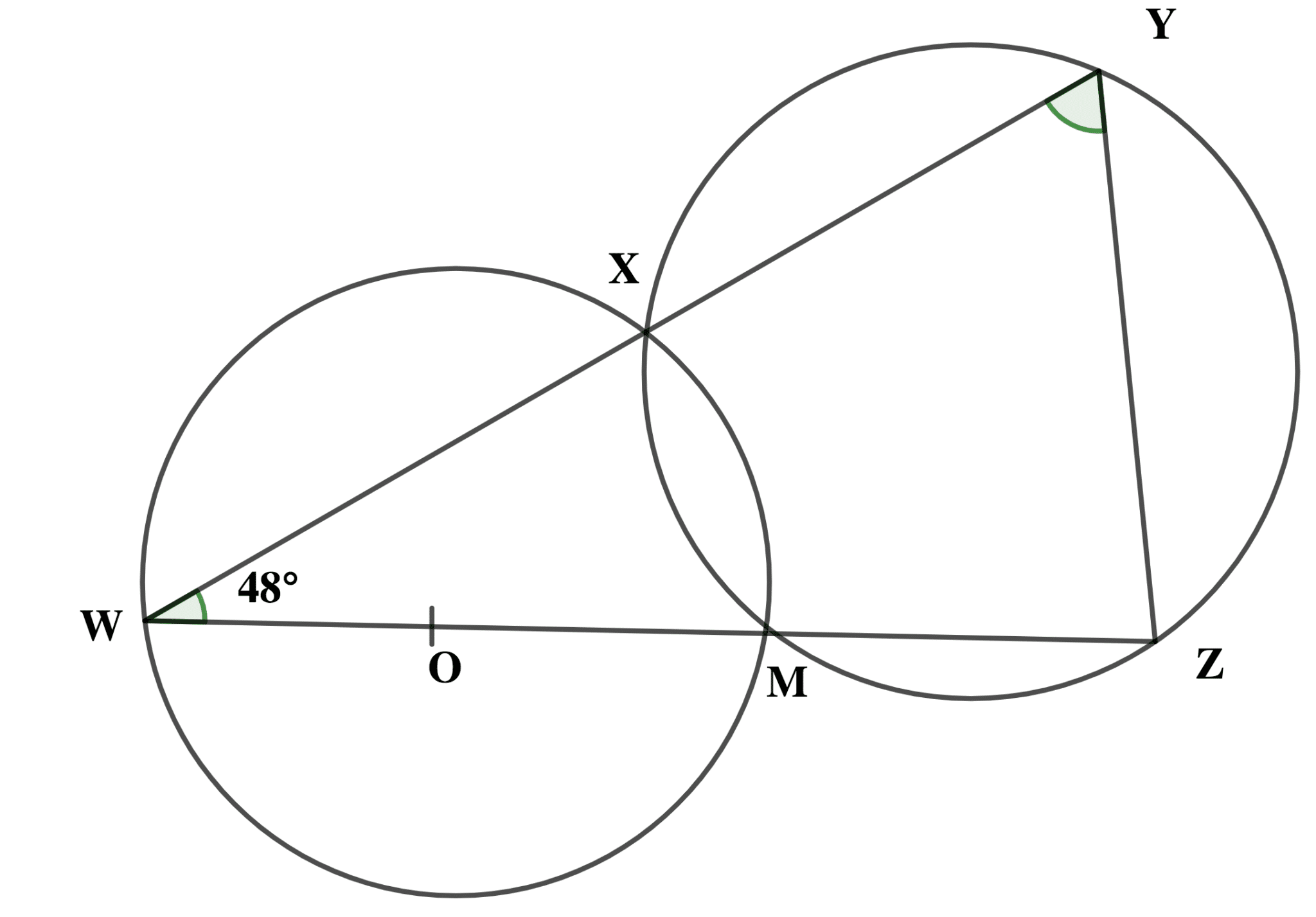
(c) An operation is defined on the set X = {1,3,5,6} by \( \scriptsize m \bigotimes n \) = m + n + 2 (mod 7), where m, n EX
(i) Draw a table for the operation
(ii) Using the table, find the truth set of:
\( \scriptsize 3\bigotimes n = 3 \)
\( \scriptsize n\bigotimes n = 3 \)
-
This response will be reviewed and graded after submission.
Grading can be reviewed and adjusted.Grading can be reviewed and adjusted. -
-
Question 12 of 13
12. Question
A water reservoir in the form of a cone mounted on a hemisphere is built such that the plane face of the hemisphere fits exactly to the base of the cone and the height of the cone is 6 times the radius of its base.
(a) Illustrate this information in a diagram
(b) If the volume of the reservoir is \( \scriptsize 333 \frac{1}{3} \pi m^3 \), calculate correct to the nearest whole number, the:
(i) Volume of the hemisphere:
(ii) Total surface area of the reservoir.
[Take π = \( \frac{22}{7} \) ]
-
This response will be reviewed and graded after submission.
Grading can be reviewed and adjusted.Grading can be reviewed and adjusted. -
-
Question 13 of 13
13. Question
The table shows the marks scored by some candidates in an examination
Mark %
0-9
10-19
20-29
30-39
40-49
50-59
60-69
70-79
80-89
90-99
Frequency
7
11
17
20
29
34
30
25
21
6
(a) Construct a cumulative frequency table for the distribution and draw a cumulative frequency curve
(b) Use the curve to estimate, correct to one decimal place, the;
(i) Lowest mark for distinction if 5% of the candidates passed with distinction
(ii)Probability of selecting a candidate who scored at most 45%.
-
This response will be reviewed and graded after submission.
Grading can be reviewed and adjusted.Grading can be reviewed and adjusted. -



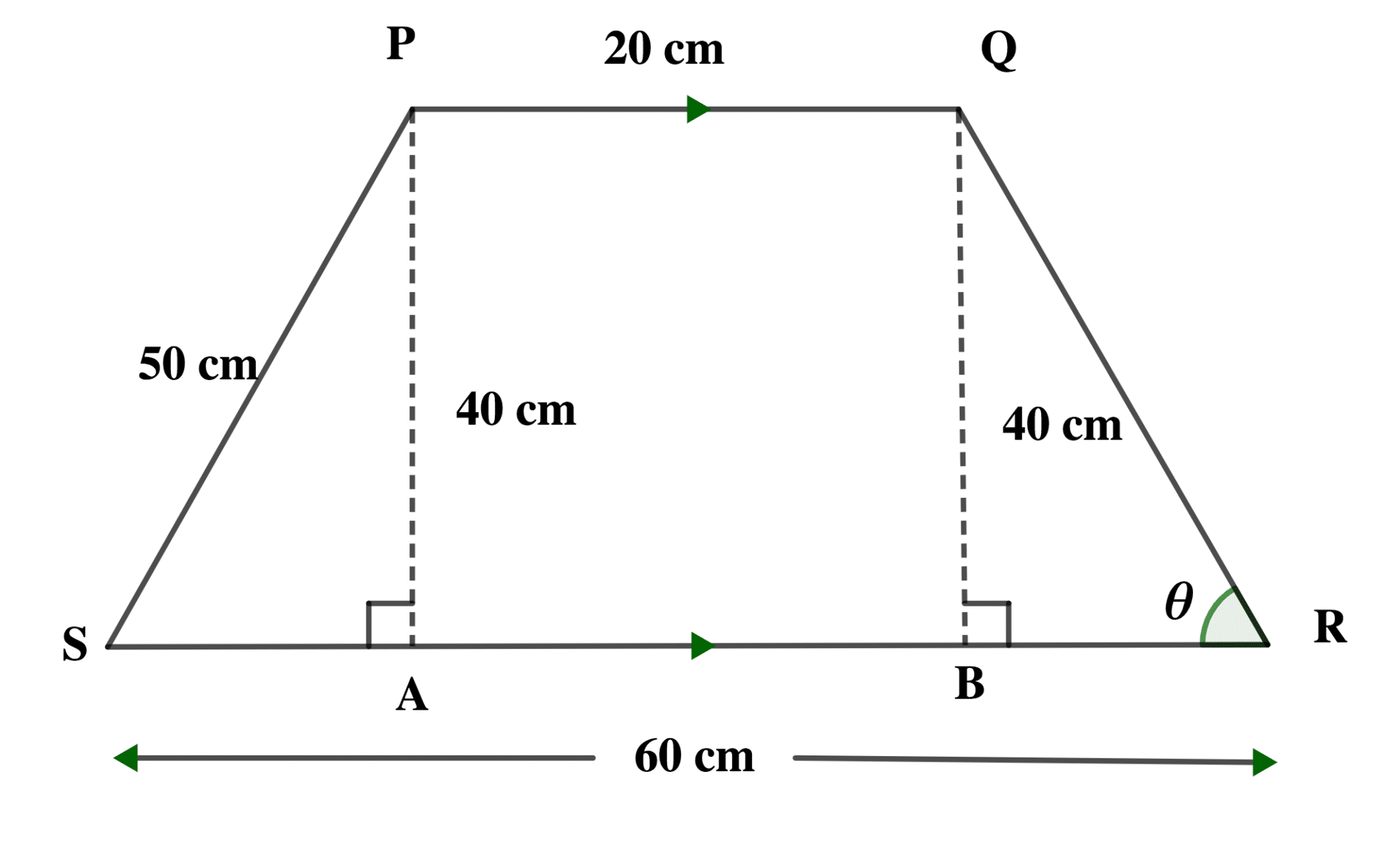

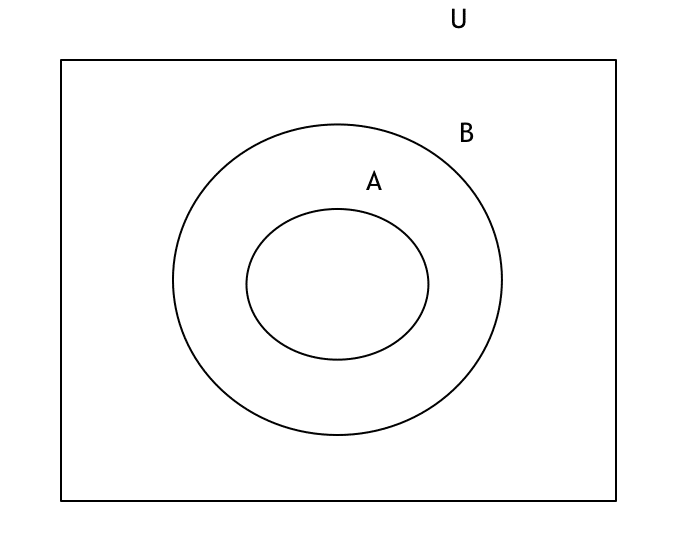
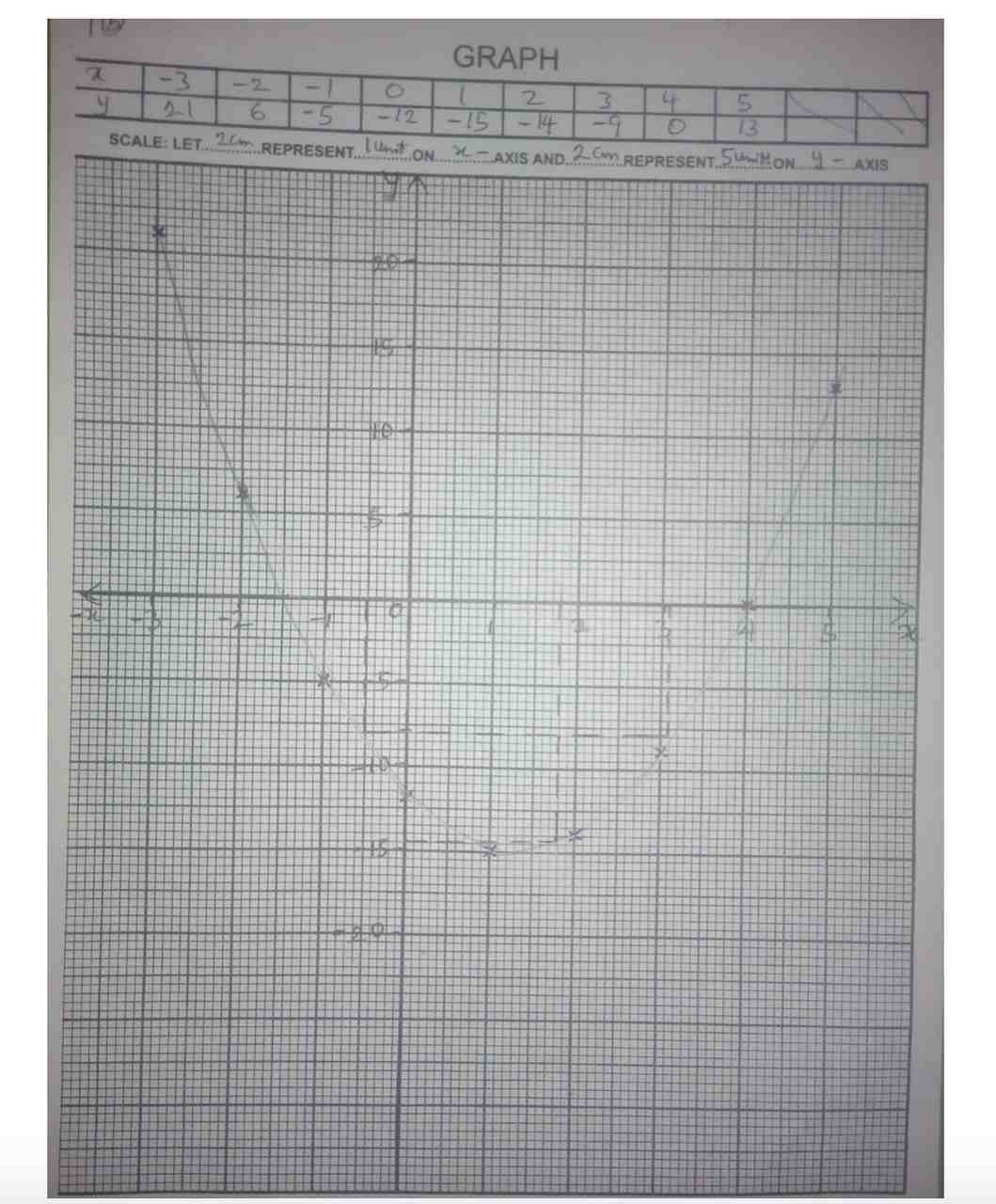


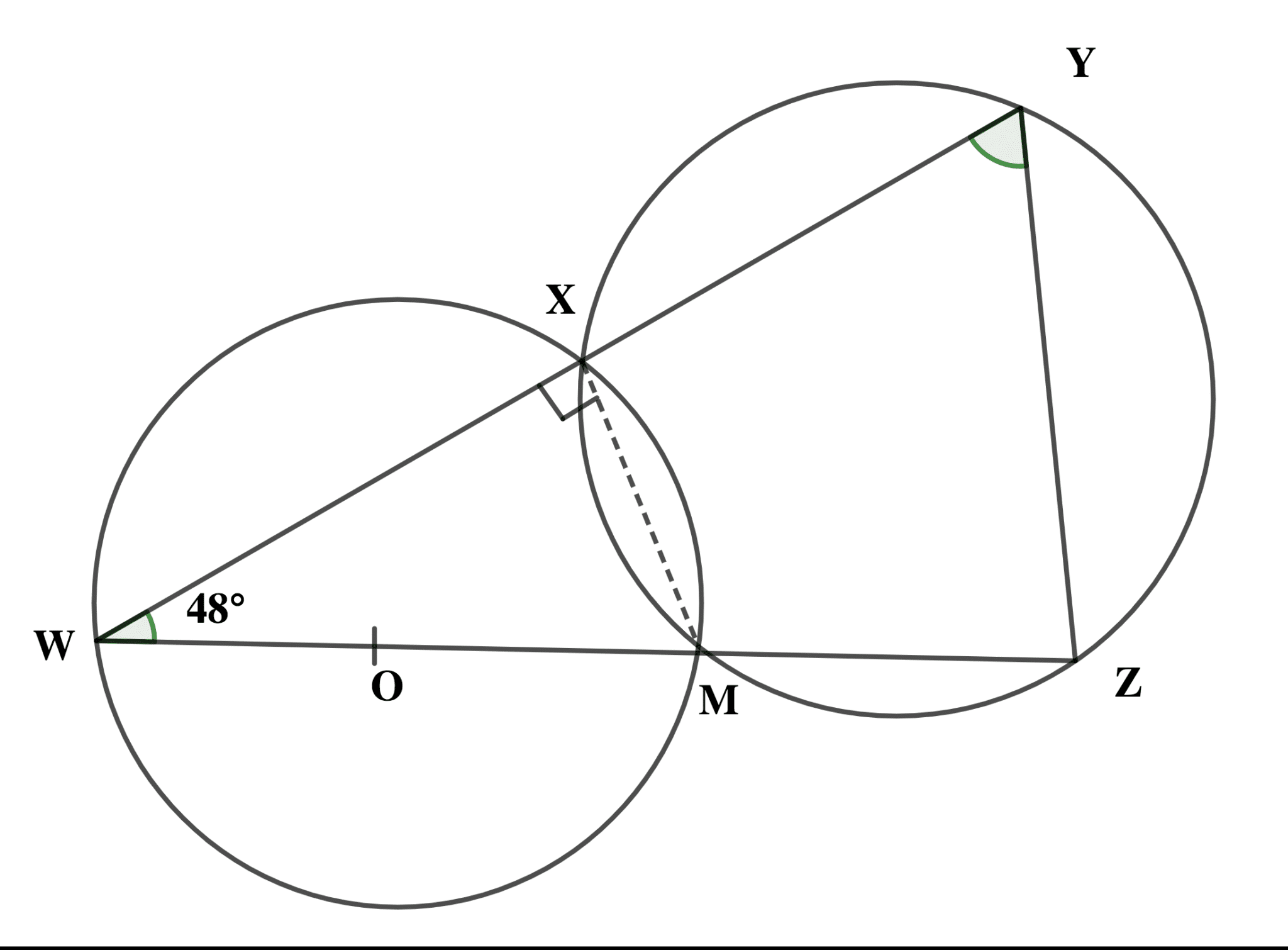
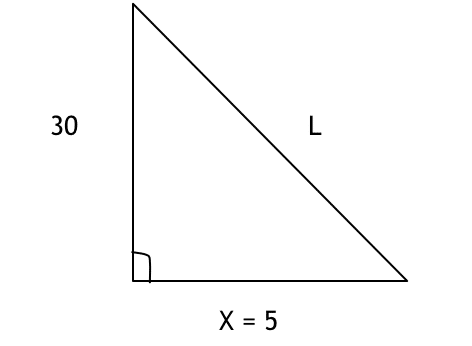
Responses